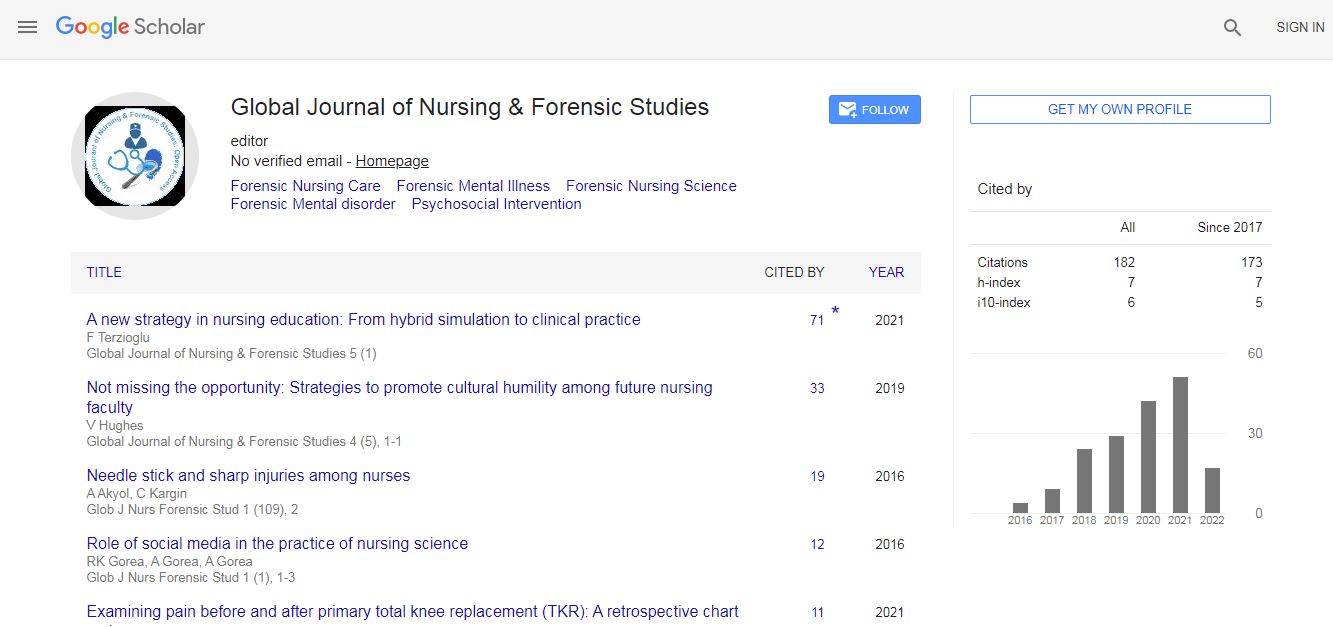Our Group organises 3000+ Global Conferenceseries Events every year across USA, Europe & Asia with support from 1000 more scientific Societies and Publishes 700+ Open Access Journals which contains over 50000 eminent personalities, reputed scientists as editorial board members.
Open Access Journals gaining more Readers and Citations
700 Journals and 15,000,000 Readers Each Journal is getting 25,000+ Readers
Google Scholar citation report
Citations : 82
Optometry: Open Access received 82 citations as per Google Scholar report
Indexed In
- Google Scholar
- RefSeek
- Hamdard University
- EBSCO A-Z
- Euro Pub
- ICMJE
Useful Links
Recommended Journals
Related Subjects
Share This Page
Access to low vision services in a limited resource setting: Profile and barriers
11th Global Ophthalmologists Annual Meeting
Asik Pradhan, Sanjeeb Bhandari and Raju Kaiti
Tilganga Institute of Ophthalmology, Nepal Kathmandu University Hospital, Nepal
ScientificTracks Abstracts: Optom open access
Abstract
Background: Visual impairment is one of the most common disabilities that degrade the quality of life. Visual rehabilitation services may be limited due to a number of barriers. This present study seeks to identify the common obstacles to access low vision services from patient's perspective and also to know the reasons for unwillingness to pursue low vision aids. Methods: All the patients referred to low vision department of Tilganga Institute of Ophthalmology (TIO) during the study period were included. A questionnaire inquiring barriers to access low vision service was adopted, pretested and validated. A complete proforma was used to collect information regarding demographic profile, best corrected distance and near visual acuities, educational status, and occupation, causes of low vision. Results: Out of 135 low vision patients, 96 (71.1%) were males and 39 (28.9%) were females. The age range was from 4 to 85 years, with a mean of 32.4�±21.34 years. 22.96% were bilaterally blind, 65.19% had moderate and 11.85% had severe visual impairment. Retinitis pigmentosa (20.74%) and refractive error & amblyopia (14.81%) were the most common causes of low vision identified. The reason for unwillingness to use low vision device was not practical enough (50.37%). Lack of awareness (78.15%) was the commonly perceived barrier to access low vision services. Conclusion: Eye care provider can help to decrease the barriers to access low vision services by educating patients in the early stages of vision loss regarding the effectiveness of low vision rehabilitation and by making appropriate referrals.Biography
Asik Pradhan has completed his Bachelor of Optometry in 2005 from Institute of Medicine, Tribhuvan University, Nepaland and Post-graduate studies from Amity University, Haryana in 2016. He is a Consultant Optometrist at Tilganga Institute of Ophthalmology, Nepal. He has presented 2 papers at the national level and 1 poster presentation at the international level. He has 2 papers as second author and recently got the opportunity to deliver oral presentation in ISGEO meeting at Durban.

 Spanish
Spanish  Chinese
Chinese  Russian
Russian  German
German  French
French  Japanese
Japanese  Portuguese
Portuguese  Hindi
Hindi 